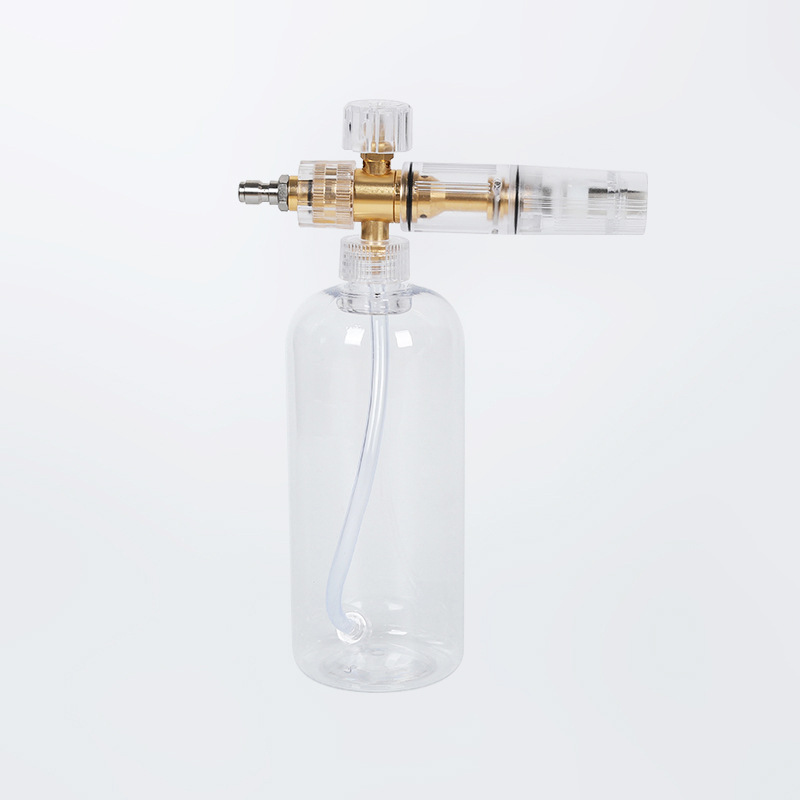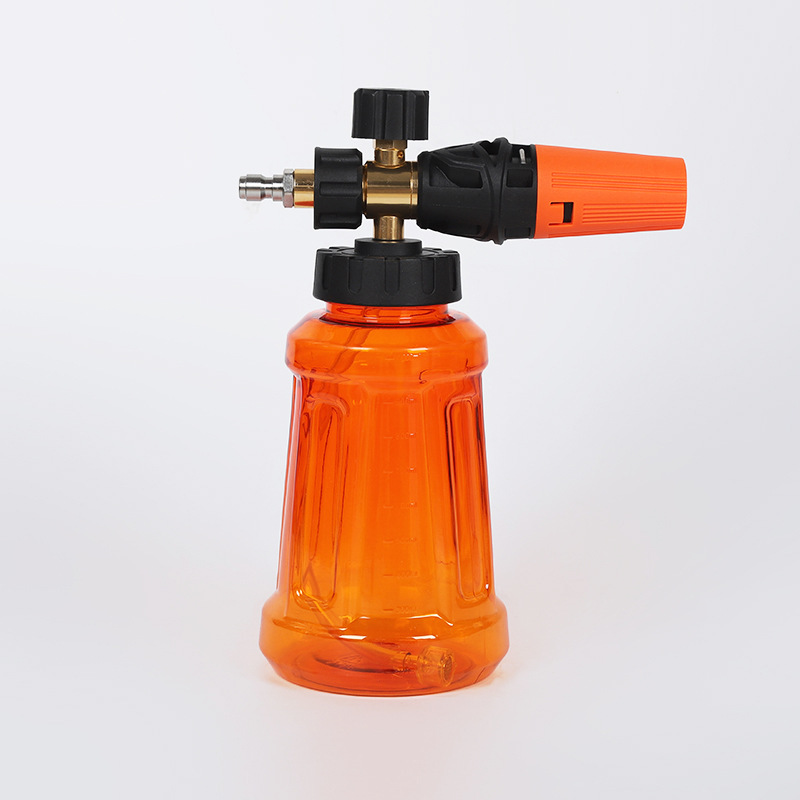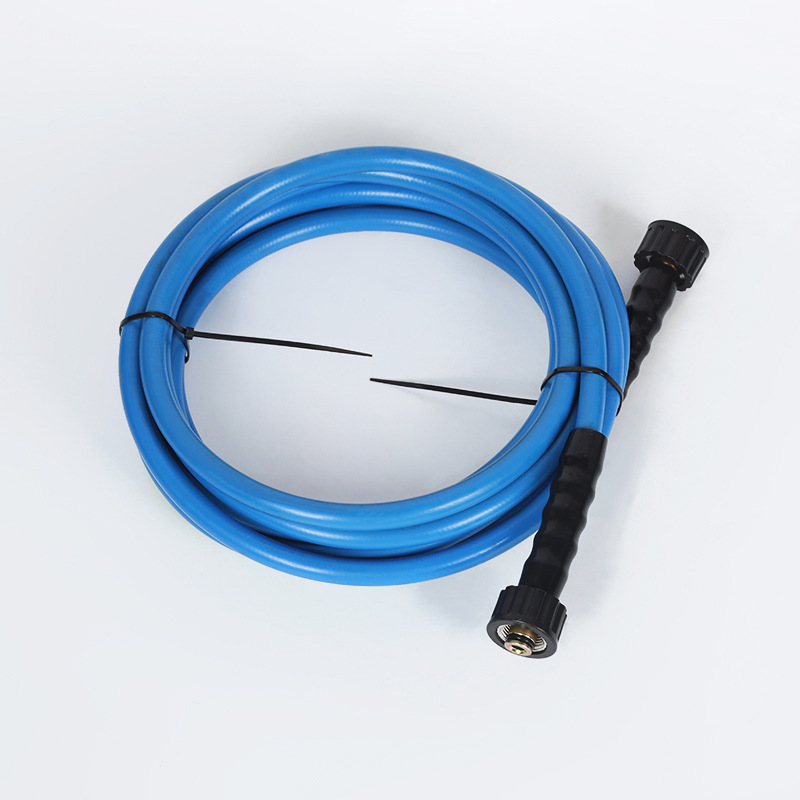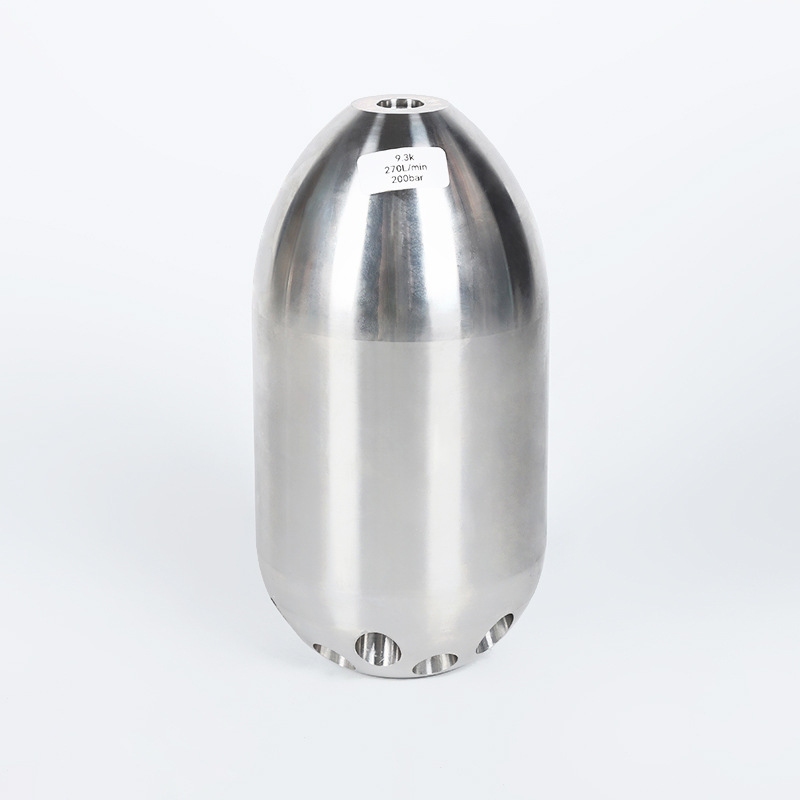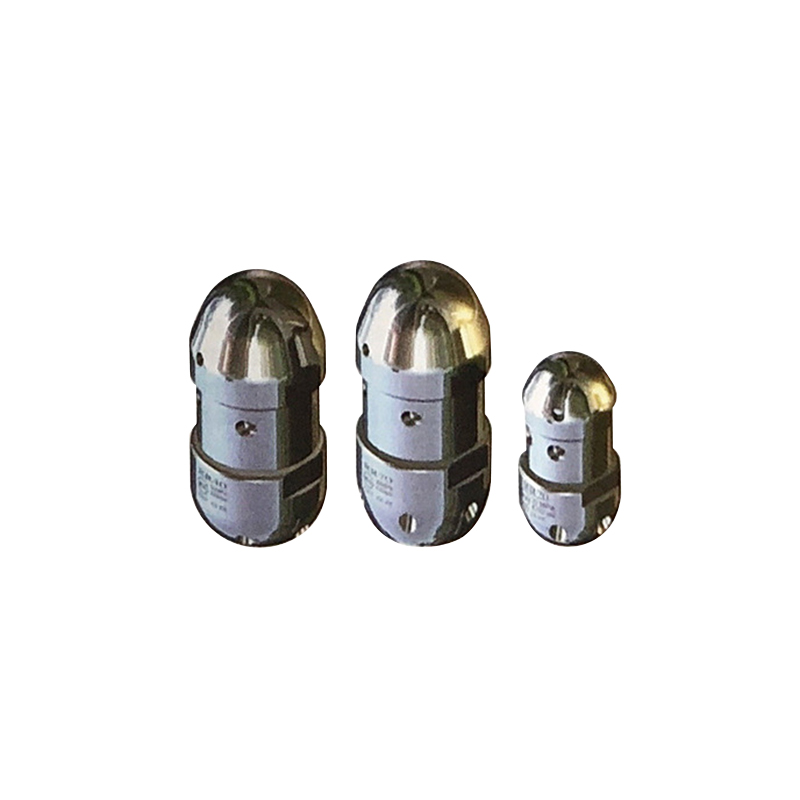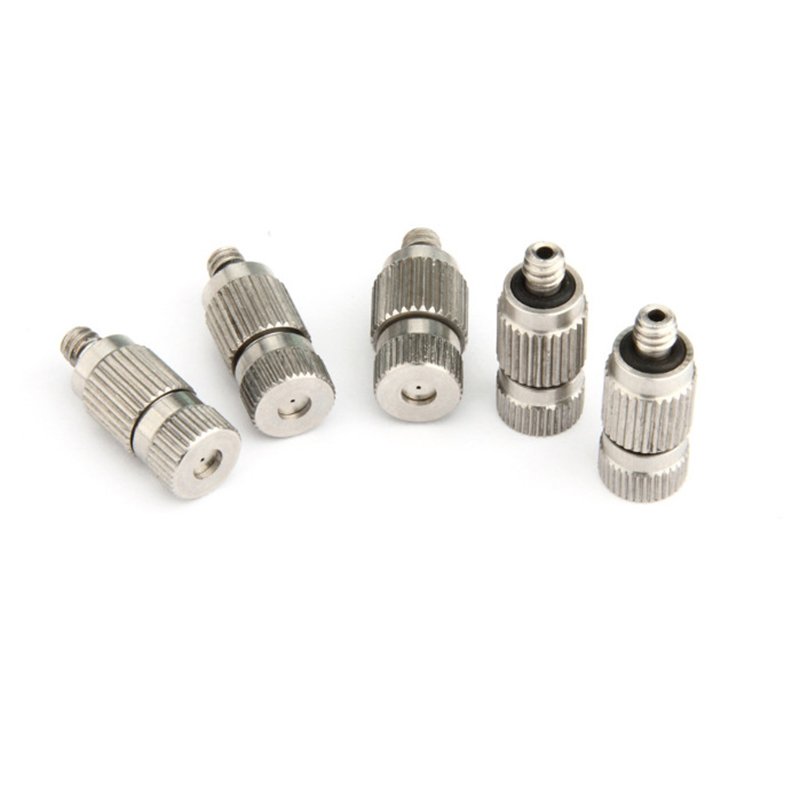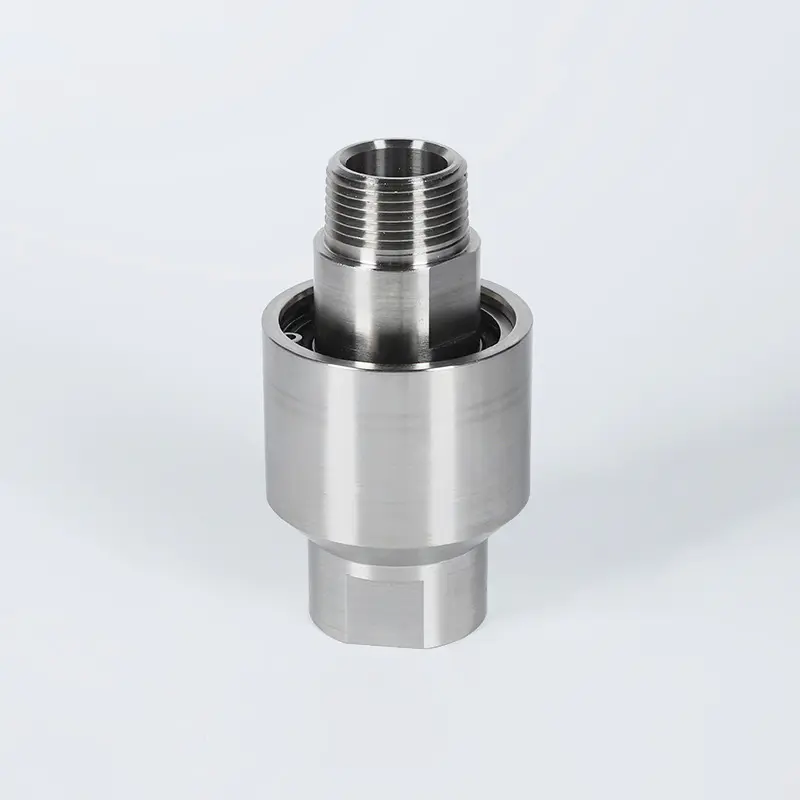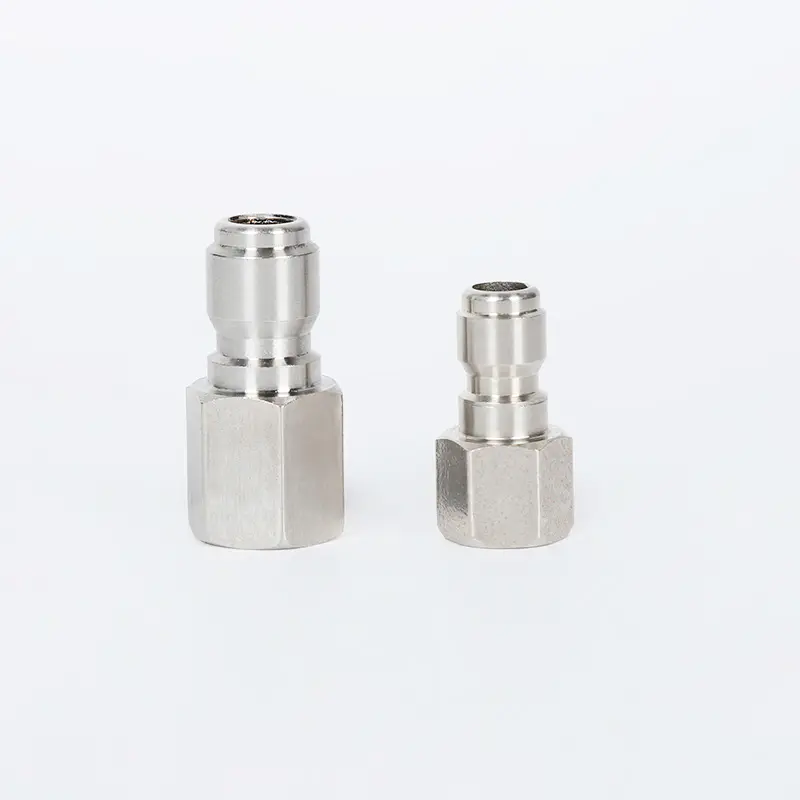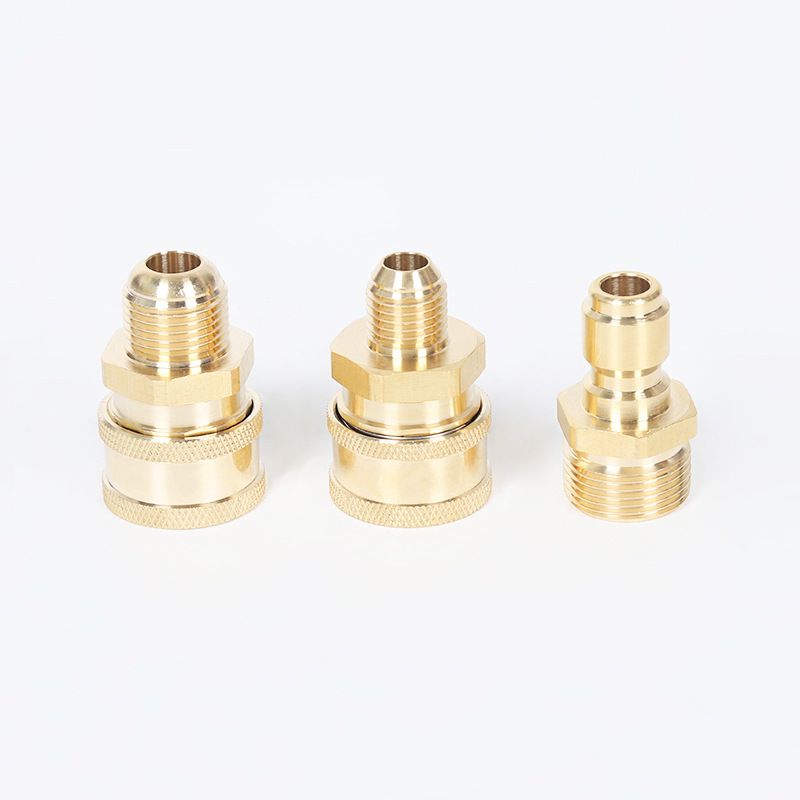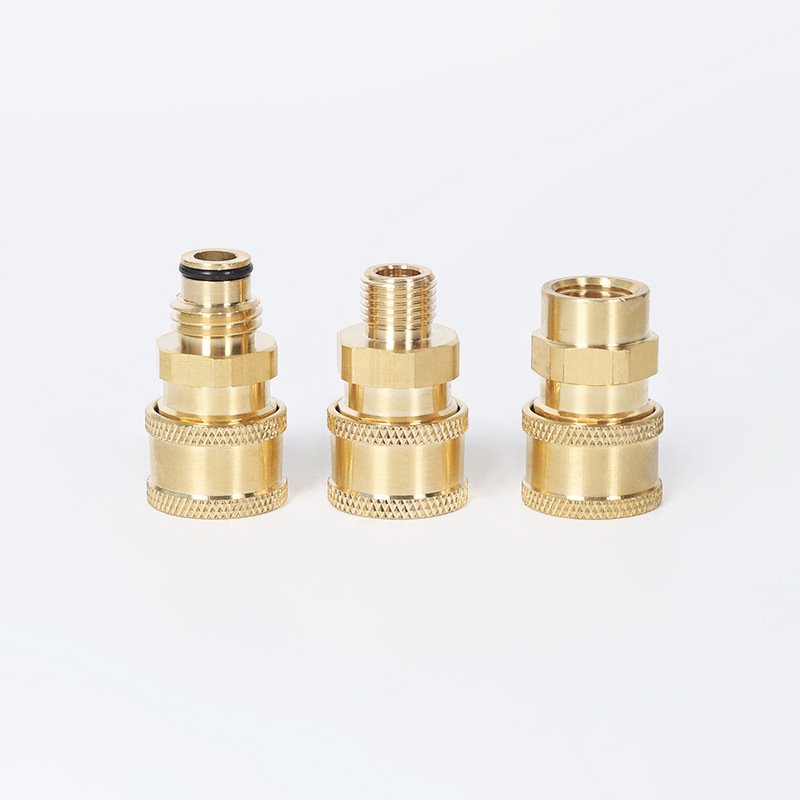Importance of anti-rebound design
When the high-pressure cleaner is working, the water pressure is high, and the instantaneous water hammer effect can easily cause the connection to generate reverse impact force. If the connector lacks an effective anti-rebound design, it may cause the connection to loosen or be damaged, which may lead to safety hazards such as water leakage, equipment failure, and even personal injury.
Anti-rebound design can reduce the reverse vibration of the connector under the action of high-pressure water flow and stabilize the connection state. Usually, such designs include spring locking structures or special buckle mechanisms to ensure that the connector can remain tight when the cleaning machine is started and stopped.
How to implement the anti-slip structure
The risk of slipping is a common problem for high-pressure connectors, especially when frequently disassembled or operated. In order to reduce the slipping of connectors during use, designers usually take the following anti-slip measures:
*Thickened grip: The connector shell is made of textured or anti-slip material to improve the feel and grip stability, and prevent the connection from loosening due to hand slipping during operation.
*Card slot or lock design: A lock or card slot structure is added inside the connector to automatically lock the connector when connected and not easily fall off due to water pressure impact.
*Quick-plug connector: The quick-plug connector is designed for quick connection and disconnection, and is equipped with a safety locking mechanism to prevent loose connections caused by misoperation.
These structures not only ensure ease of use, but also greatly reduce the risk of slippage.
Impact of materials on safety
High-pressure cleaner connectors are usually made of high-quality plastics (such as nylon, polypropylene) or stainless steel. Plastic materials are light, corrosion-resistant and comfortable to operate, while metal connectors are strong and wear-resistant.
Different materials perform differently in anti-slip and anti-rebound designs: plastic connectors are easier to make into ergonomic anti-slip handles, while metal connectors rely on mechanical locking devices to achieve stable connections. Choosing the right material combined with the design is the key to improving safety.
Comprehensive guarantee of operational safety
In addition to the anti-slip and anti-rebound hardware design, the safety of high-pressure cleaner connectors also needs to consider the following aspects:
* Standardized interface size: Ensure the compatibility of the connector with the equipment and accessories to avoid loose connections due to interface mismatch.
* Pressure resistance verification: The connector must pass relevant pressure tests to ensure that it will not crack or break under the rated water pressure.
*Regular maintenance and replacement: Users should pay attention to the wear of the sealing ring and locking part of the connector, and replace aging parts in time to avoid safety hazards.
*Clear instructions for use: Manufacturers need to provide detailed installation and operation guides to remind users of the correct connection and disassembly methods to prevent risks caused by misoperation.
Safety performance in actual applications
In daily use, pressure washer connectors with anti-rebound and anti-slip designs can effectively reduce water leakage, breakage and accidental loosening, and improve equipment stability. For example, industrial-grade cleaning equipment is often equipped with locking quick-plug connectors to ensure that the connection is stable and not loose when working under high load for a long time. More and more portable high-pressure cleaning machines for home use are also using handles with anti-slip textures to facilitate user operation while reducing the risk of slipping.





